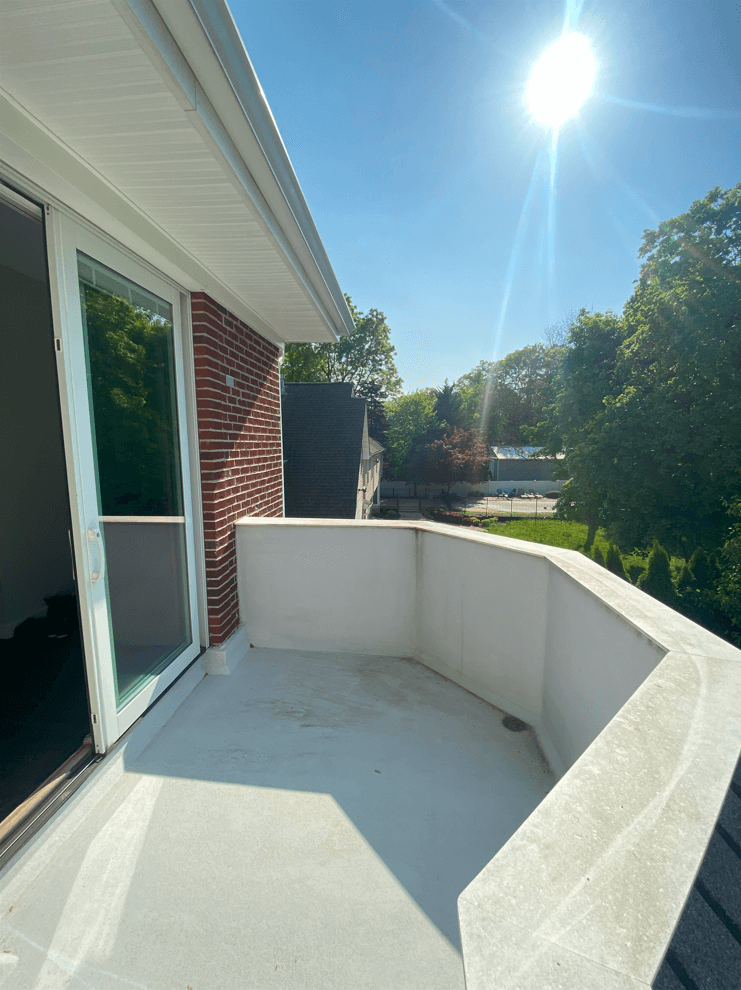In today’s fast-paced and technology-driven world, precision and efficiency are more crucial than ever, especially when it comes to capturing the details of large-scale objects. Industries such as construction, architecture, engineering, and heritage preservation rely heavily on accurate measurements and detailed modeling to bring their visions to life. This is where 3D laser scanning comes into play. Offering unparalleled accuracy, speed, and flexibility, 3D laser scanning has become an indispensable tool for professionals who need to capture complex geometries and create precise models. But what exactly is 3D laser scanning, and how does it work? In this article, we will explore the ins and outs of this technology and highlight its significance in various industries.
Understanding 3D Laser Scanning
What is 3D Laser Scanning?
At its core, 3D laser scanning is a non-contact, non-destructive technology that digitally captures the shape of physical objects using laser light. The scanner projects laser beams onto the object’s surface, and the reflected data is then collected and processed to generate a precise three-dimensional representation. This technology can capture millions of data points per second, creating an incredibly detailed and accurate model that reflects the object’s exact dimensions and features.
How Does 3D Laser Scanning Work?
The 3D laser scanning process is both sophisticated and straightforward. It involves the following key steps:
- Data Capture: A laser scanner emits a laser beam towards the target object. As the laser light hits the object, it reflects back to the scanner, which records the time it took for the light to return. This time-of-flight data is crucial for determining the exact position of each point on the object’s surface.
- Point Cloud Generation: The data collected by the scanner is processed into a “point cloud,” a dense collection of individual data points that represent the object’s surface geometry. Each point in the cloud corresponds to a precise location on the object’s surface.
- Data Processing: The point cloud data is then processed using specialized software to create a digital 3D model. This model can be further refined to include textures, colors, and other details, depending on the project’s requirements.
- Final Model Creation: The resulting 3D model can be used for a wide range of applications, from virtual inspections and simulations to physical reproductions using 3D printing.
The Importance of 3D Laser Scanning Services
Why Use 3D Laser Scanning?
The benefits of using 3D scan services are vast and varied, making it an ideal solution for industries that demand accuracy and detail. Here are some key reasons why businesses are increasingly turning to 3D laser scanning:
- Unmatched Accuracy: Traditional measurement methods, such as tape measures or even photogrammetry, cannot match the precision of 3D laser surveying. With accuracy levels down to fractions of a millimeter, laser scanning ensures that every detail is captured perfectly.
- Efficiency and Speed: What might take days or weeks with manual methods can often be accomplished in hours using 3D laser scanning. This rapid data collection speeds up project timelines and reduces labor costs.
- Comprehensive Data Capture: Laser scanners capture vast amounts of data, providing a comprehensive view of the object from all angles. This ensures that no detail is missed, making it easier to create complete and accurate models.
- Versatility: 3D laser scanning is versatile and can be used on objects of all sizes, from small artifacts to entire buildings. It is also effective in a variety of environments, whether indoors, outdoors, or in challenging conditions.
- Non-Contact Measurement: Since laser scanning is a non-contact method, it is ideal for scanning delicate or hard-to-reach objects without the risk of damage.
Applications of 3D Laser Scanning
Construction and Architecture
In the construction and architectural sectors, 3D laser scanning is invaluable for creating accurate building models, documenting existing conditions, and ensuring that new designs fit perfectly within existing structures. By providing detailed as-built surveys, laser scanning helps avoid costly errors and rework.
Heritage Preservation
Preserving historical landmarks and artifacts is another crucial application of 3D laser scanning services. The technology allows for the precise documentation of heritage sites, creating digital records that can be used for restoration, replication, or even virtual tours, ensuring that cultural treasures are preserved for future generations.
Industrial Design and Manufacturing
In manufacturing, 3D laser scanning plays a vital role in quality control and reverse engineering. By scanning components and assemblies, manufacturers can compare them against their design specifications to identify any deviations, ensuring high-quality production.
Surveying and Mapping
Surveyors use 3D laser scanning to create detailed topographical maps and 3D models of terrain, infrastructure, and urban environments. This data is essential for planning construction projects, analyzing environmental impacts, and managing land use.
The 3D Laser Scanning Process: From Start to Finish
Site Preparation
Before scanning begins, the site must be prepared to ensure the best possible results. This might involve clearing obstacles, setting up reference points, and ensuring that the area is safe for the scanning equipment.
Scanning Execution
Once the site is ready, the scanning team will set up the laser scanner at various locations around the object or area to be scanned. Multiple scans from different angles are often necessary to capture all the details. The scanner is typically mounted on a tripod and may be moved around to cover the entire object.
Data Collection and Verification
As the scanner collects data, it is continuously verified to ensure that all areas of interest are captured. This may involve on-site processing to create preliminary models, allowing for adjustments if necessary.
Data Processing and Model Creation
After data collection, the point cloud data is processed using specialized software. This step involves aligning and merging multiple scans, cleaning up noise, and refining the model. The final 3D model can be exported into various formats for further use.
Future Trends in 3D Laser Scanning
As technology continues to advance, 3D laser scanning is expected to become even more powerful and accessible. Emerging trends include:
- Integration with AI and Machine Learning: Future scanning systems may incorporate AI to automate data processing, enhance accuracy, and identify patterns or anomalies in the scanned data.
- Portable and Handheld Scanners: The development of more portable and user-friendly scanning devices will make it easier to perform scans in challenging or remote locations.
- Enhanced Data Visualization: Advances in software will allow for more intuitive and interactive visualization of 3D models, making it easier to analyze and interpret data.
- Increased Use in Virtual and Augmented Reality: 3D laser scanning data is already being used to create immersive virtual environments. As VR and AR technologies evolve, their integration with 3D laser scanning will open up new possibilities for training, design, and remote collaboration.
Frequently Asked Questions
What is the accuracy of 3D laser scanning?
The accuracy of 3D laser scanning can be as high as sub-millimeter levels, depending on the equipment and the conditions under which the scanning is performed. This makes it one of the most precise measurement methods available.
How long does a 3D laser scan take?
The time required for a 3D laser scanning process depends on the size and complexity of the object or area being scanned. Small objects might be scanned in minutes, while large structures could take several hours.
Can 3D laser scanning be used outdoors?
Yes, 3D laser scanning is versatile and can be performed both indoors and outdoors. However, environmental factors such as lighting, weather, and surface reflectivity can affect the scanning process and may require additional considerations.
Is 3D laser scanning expensive?
The cost of 3D laser scanning services varies based on factors such as the project’s size, complexity, and location. While the initial investment may seem high, the time and cost savings from avoiding errors and rework often justify the expense.
What industries benefit most from 3D laser scanning?
Industries such as construction, architecture, engineering, manufacturing, and heritage preservation are among the primary beneficiaries of 3D laser surveying. However, its applications are expanding into many other fields as the technology evolves.
Can 3D laser scanning be used for small objects?
Absolutely. While 3D laser scanning is often associated with large objects or environments, it is also highly effective for capturing the details of smaller objects, making it a versatile tool for various applications.
3D laser scanning is more than just a technological advancement; it is a game-changer for industries that require precision and efficiency in capturing and modeling complex geometries. From construction and architecture to heritage preservation and manufacturing, this powerful tool provides unparalleled accuracy, speed, and versatility. As the technology continues to evolve, its applications will only expand, further solidifying its role as an essential asset for professionals across the globe.



